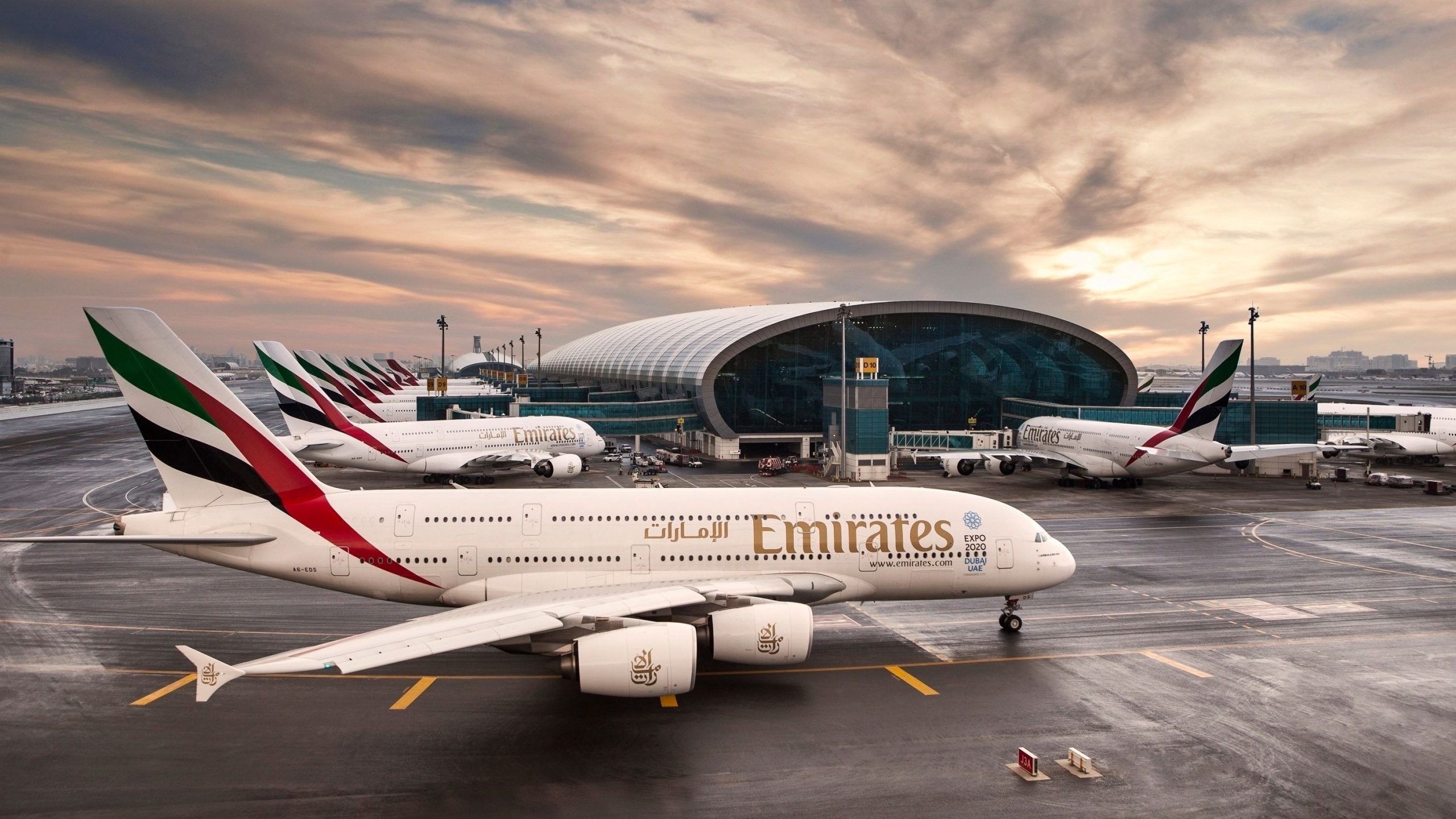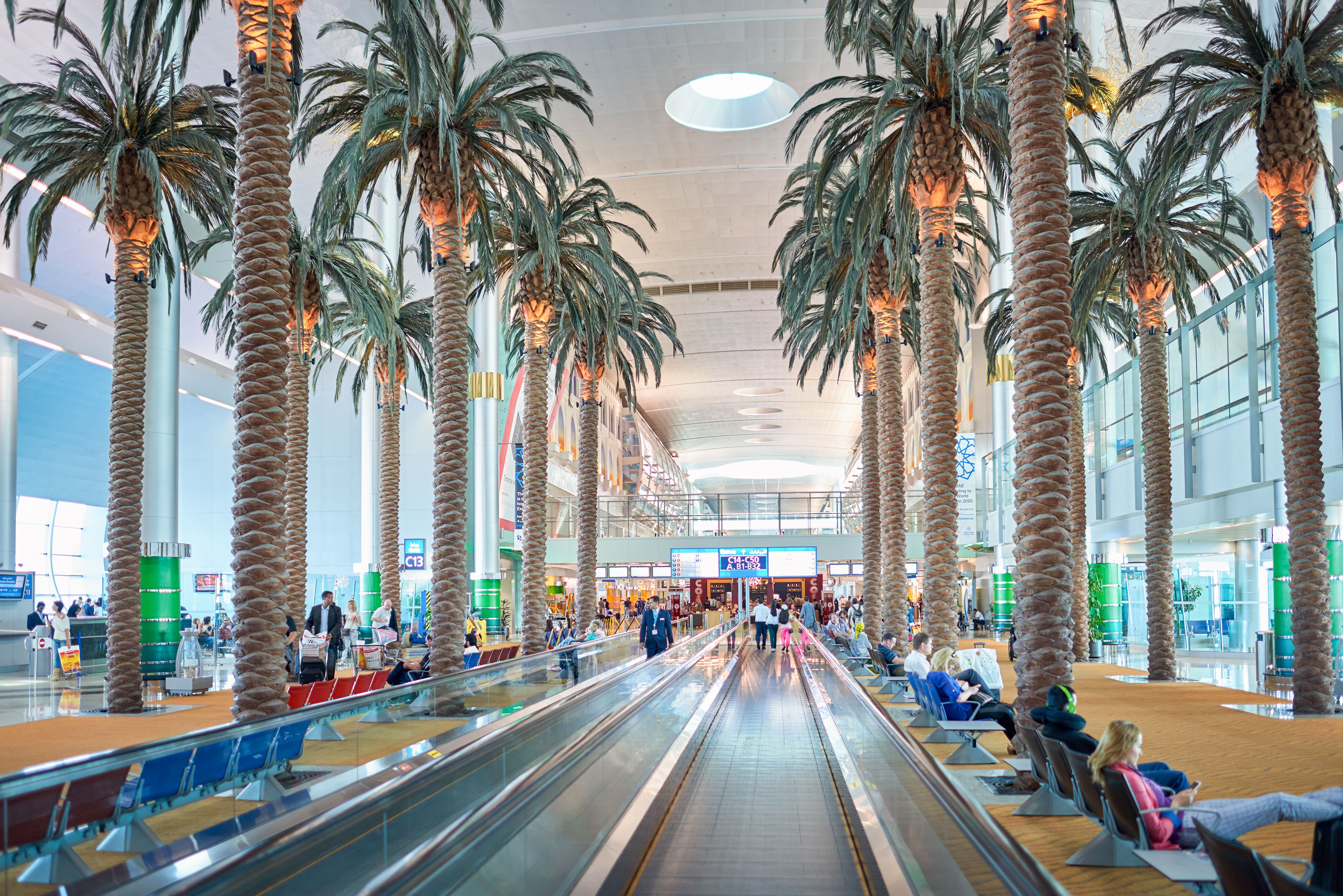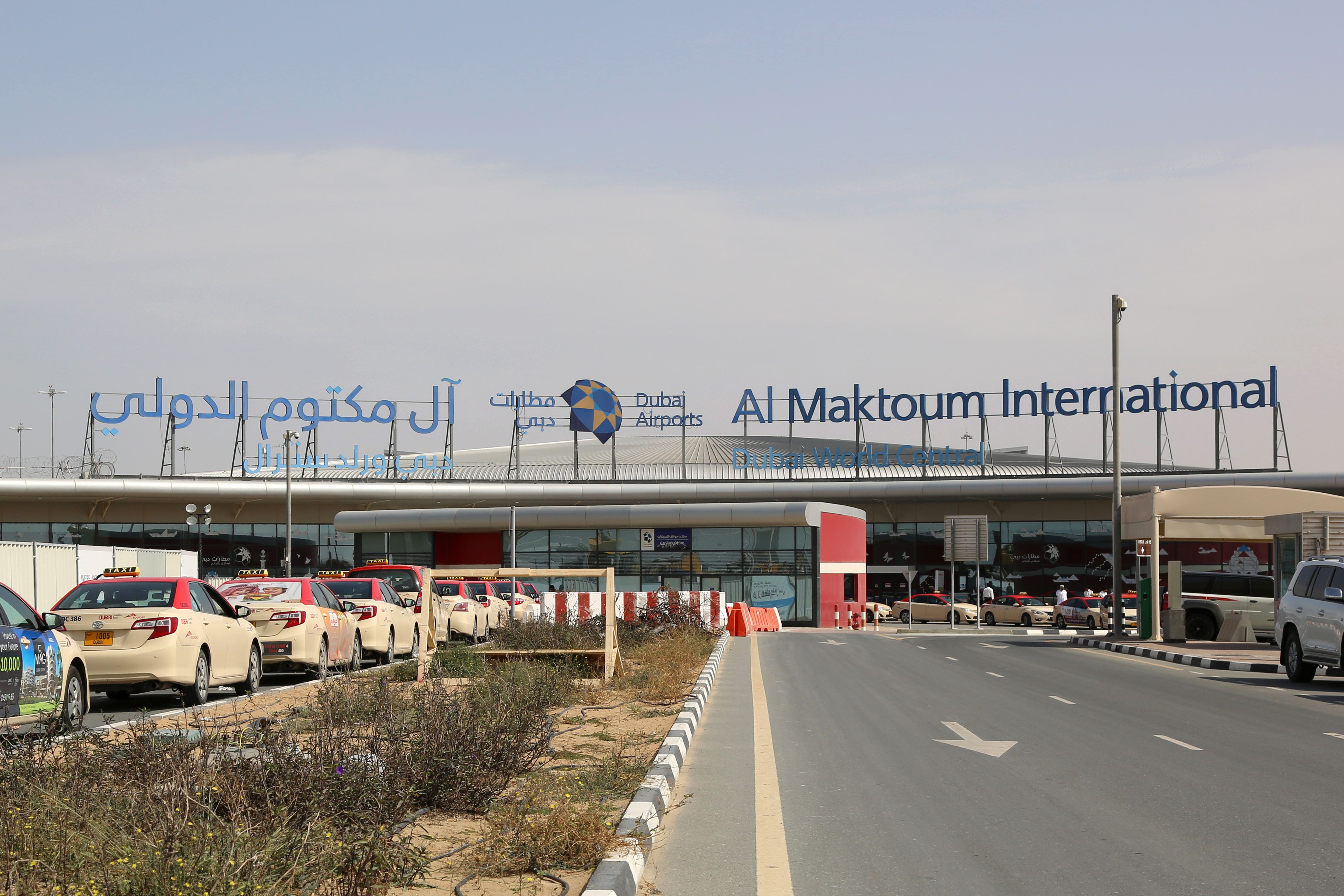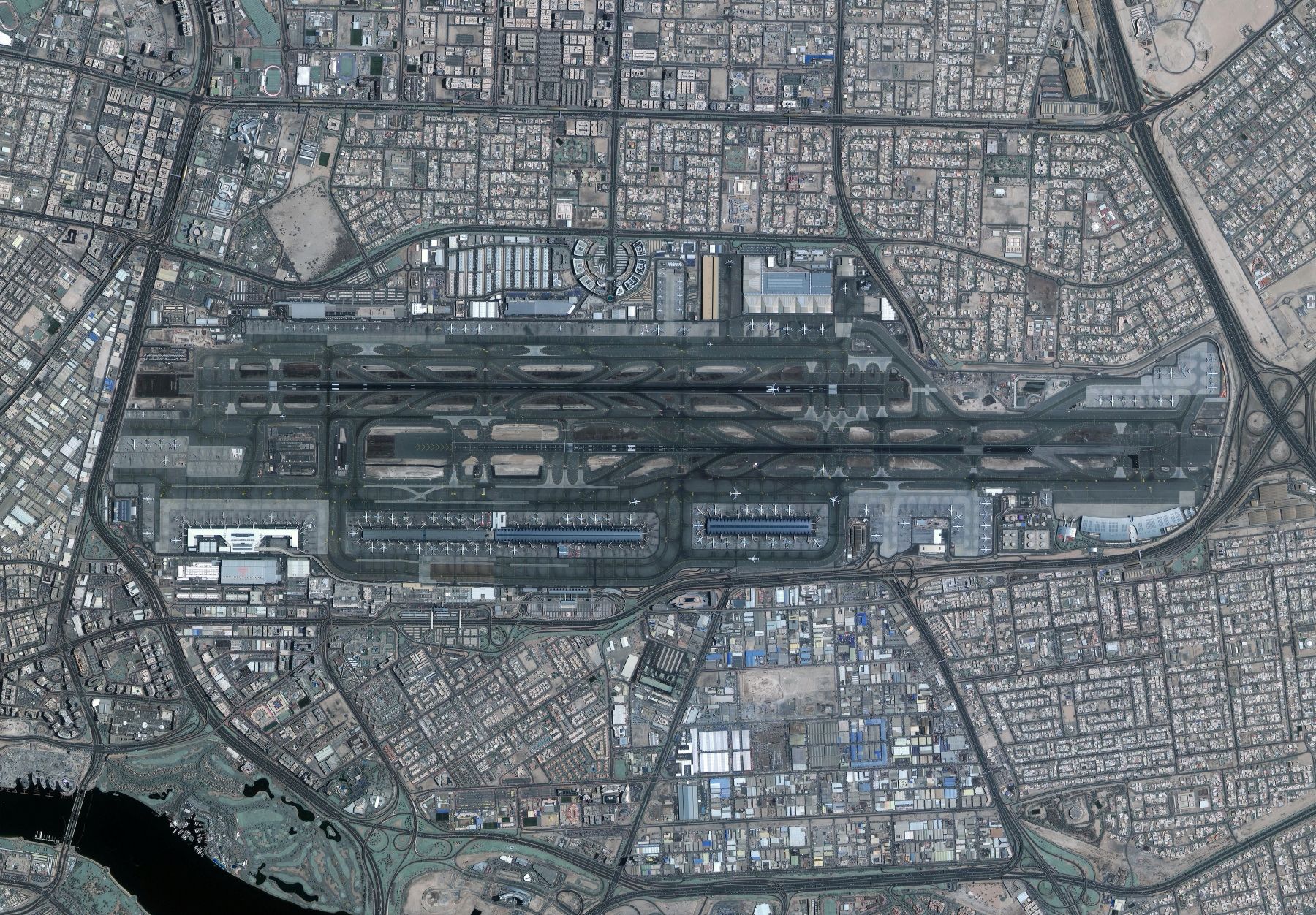Summary
- Dubai International Airport is conveniently located 2.9 miles from downtown Dubai, providing easy access to the city’s attractions via metro or taxi services.
- Dubai World Central is currently located in the desert, about 23 miles southeast of the city, with limited connectivity options. However, plans for a metro line extension will greatly improve accessibility.
- While Dubai International Airport is a major hub with a wide range of airlines and destinations, Dubai World Central currently has a limited route network but is expected to expand in the future, aiming to become the largest airport in the world by 2030.
The vast majority of passengers traveling to Dubai will arrive at Dubai International Airport (DXB), which saw 66 million passengers in 2022, and is home to the mighty Emirates. However, nearby Dubai World Central (DWC), also known as Al Maktoum International Airport, is rapidly growing as a significant passenger and cargo hub. How do the two airports compare in terms of location, connectivity, and future prospects?
Location
Dubai International Airport is located just 2.9 miles from downtown Dubai, making it the perfect gateway for travelers heading to the glitzy sights of the city, such as the Burj Khalifa and the Dubai Mall. The airport is linked directly to the city on the Dubai Metro’s red line, and there are ample taxi services available too, providing options for all budgets.
Photo: Sorbis / Shutterstock
Dubai World Central, on the other hand, is located out in the desert, around 23 miles to the southeast of the city. The airport currently has no connection to the city’s metro system, and the nearest metro station is UAE Exchange, at the end of the red line. However, an extension to the line is planned, which will greatly improve the airport’s connectivity.
Choice of airlines
Dubai International Airport is home to Emirates, one of the world’s most recognizable airline brands, and the largest operator of the Airbus A380. The airline connects Dubai to over 150 destinations across the world, reaching as far away as Auckland (AKL) and Los Angeles (LAX).
Currently, Dubai World Central has a very limited route network, with just a handful of flights from airlines such as Air Cairo and Enter Air. Condor also operates a series of seasonal charter flights to Düsseldorf (DUS).
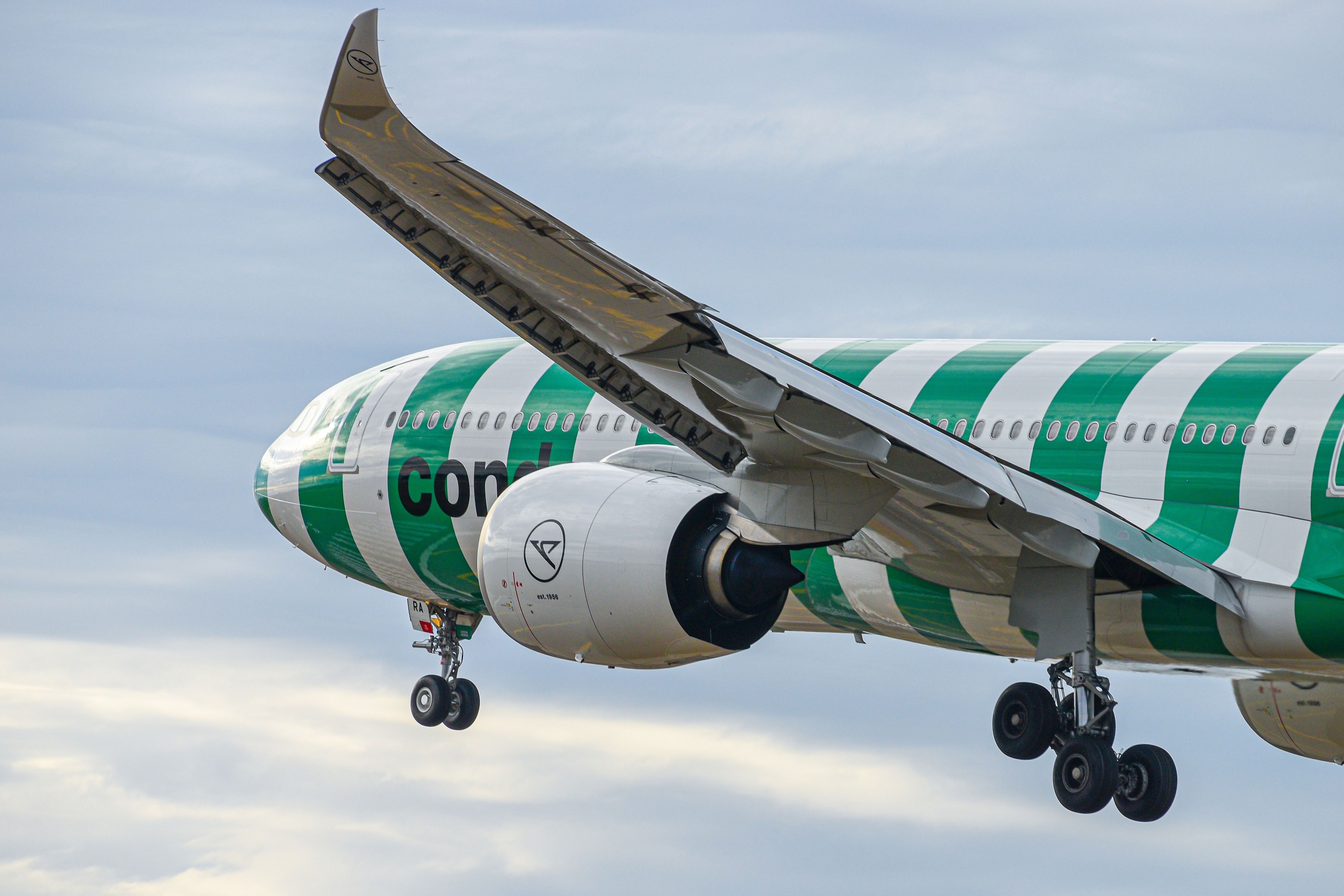
That said, Emirates SkyCargo does have a significant presence at the airport, and over the next few months, the airport’s route network is set to expand significantly, as Russian carriers, including Aeroflot, Pobeda, and S7 Airlines, resume services.
The future of Dubai World Central
Dubai World Central had originally planned to be completed and fully operational by 2017, but the global financial crisis earlier in the decade significantly delayed the project. Yet despite currently being labeled as a white elephant by some, the airport has big ambitions.
By 2030, Dubai World Central aims to become the largest airport in the world, both in terms of size and passengers carried, with a capacity of up to 260 million passengers per year. The site will contain three passenger terminals (one of which will be dedicated to Emirates), and six runways. The airport will also be linked to the city and to Dubai International Airport by both the Dubai Metro and a dedicated light railway line.
Photo: Markus Mainka / Shutterstock
The airport is also surrounded by desert, providing greater opportunities for expansion in the future, unlike Dubai International Airport, which is surrounded by Dubai’s urban area. Such plans include a logistics hub, golf resort, exhibition centers, hotels, and residential areas.
If focusing on the here and now, Dubai International Airport is a clear winner, with its luxurious amenities, vast gates capable of handling fully loaded Airbus A380s, and unbeatable connectivity. But looking further ahead, if the Dubai World Central project is completed as planned, Dubai’s aviation scene could look completely different.
Have you flown through Dubai World Central? How did it compare to your experiences at Dubai International Airport? Let us know by commenting below.
